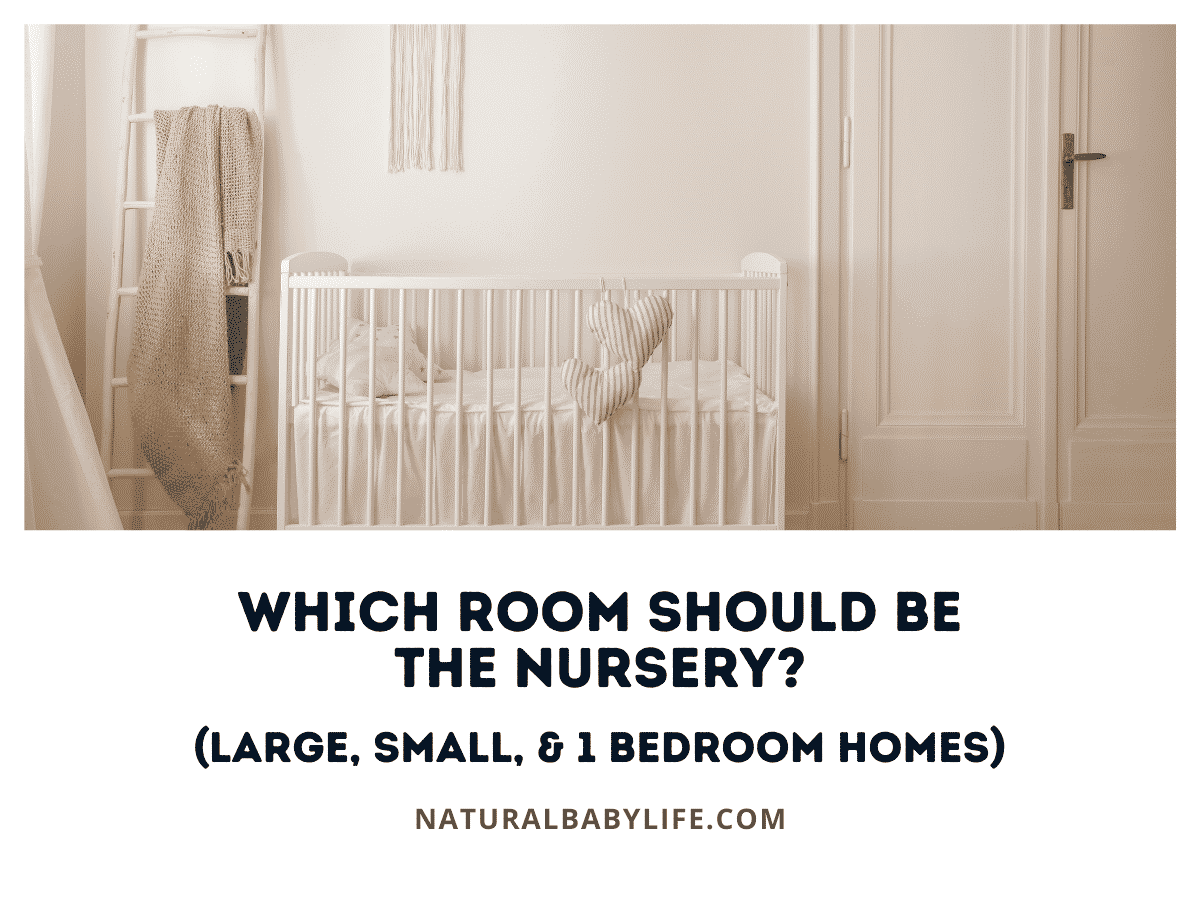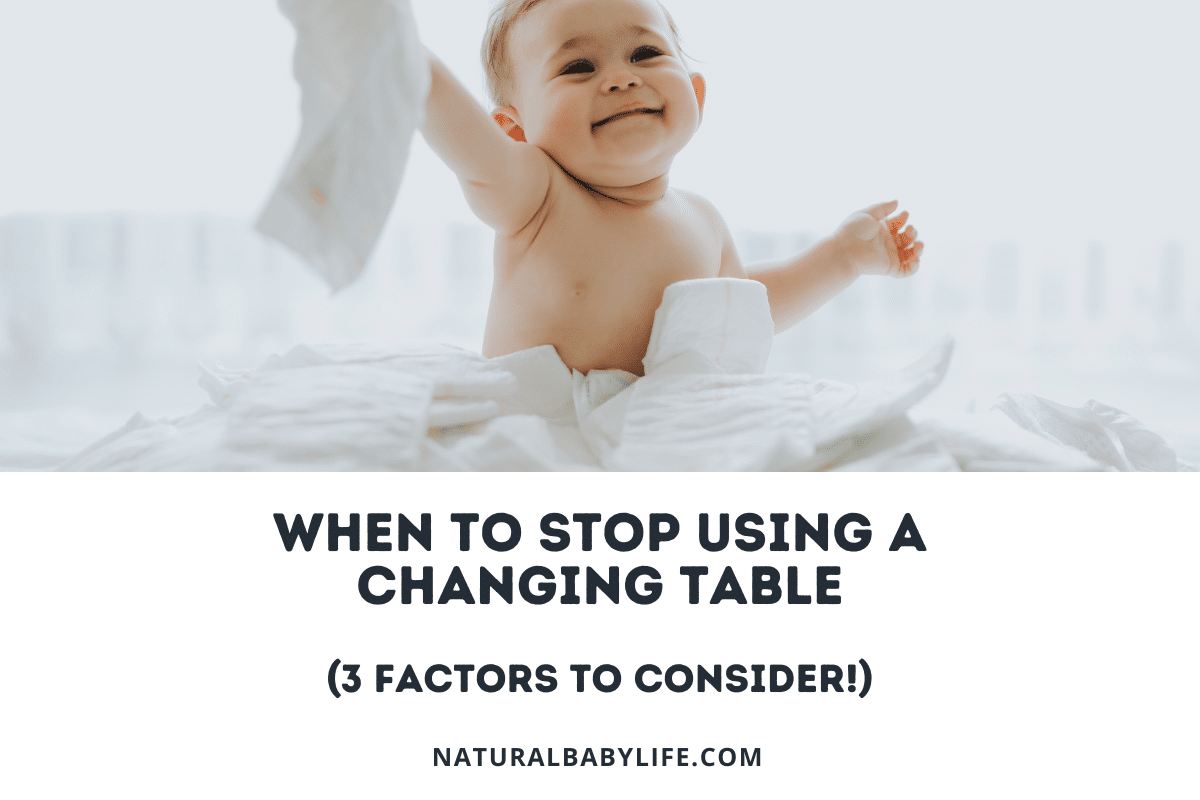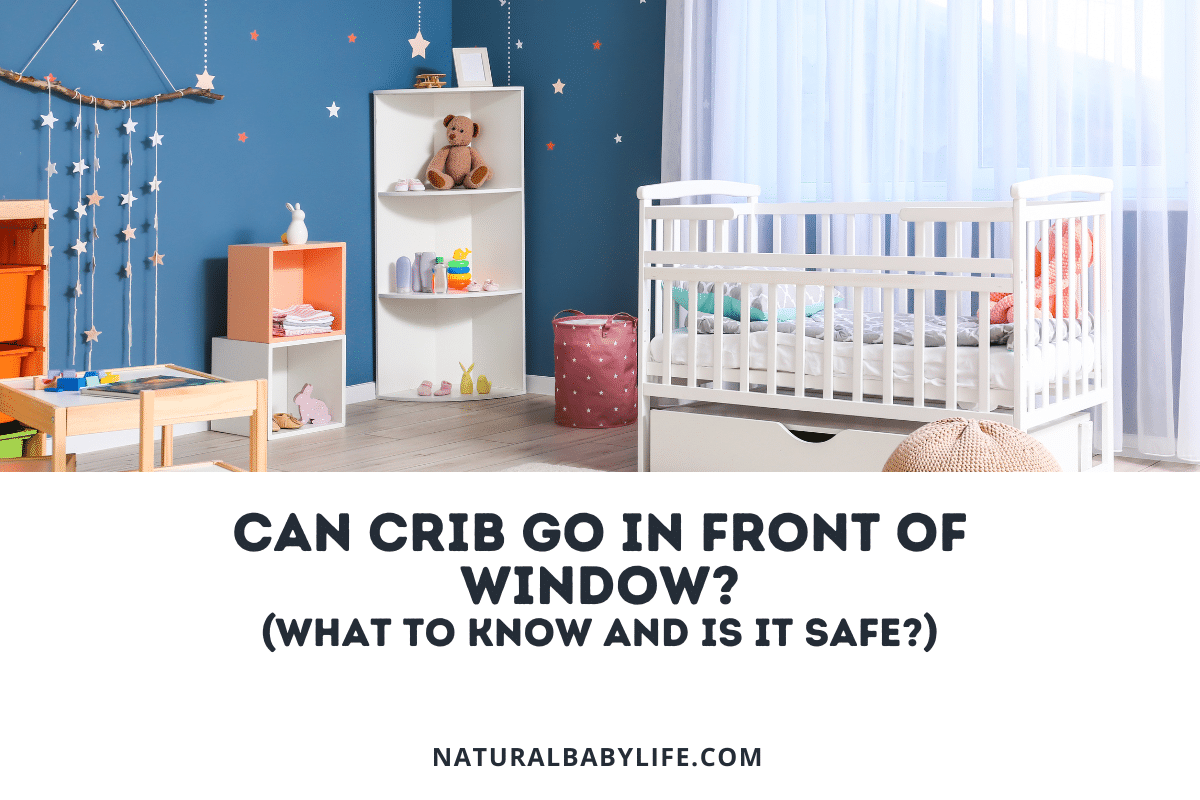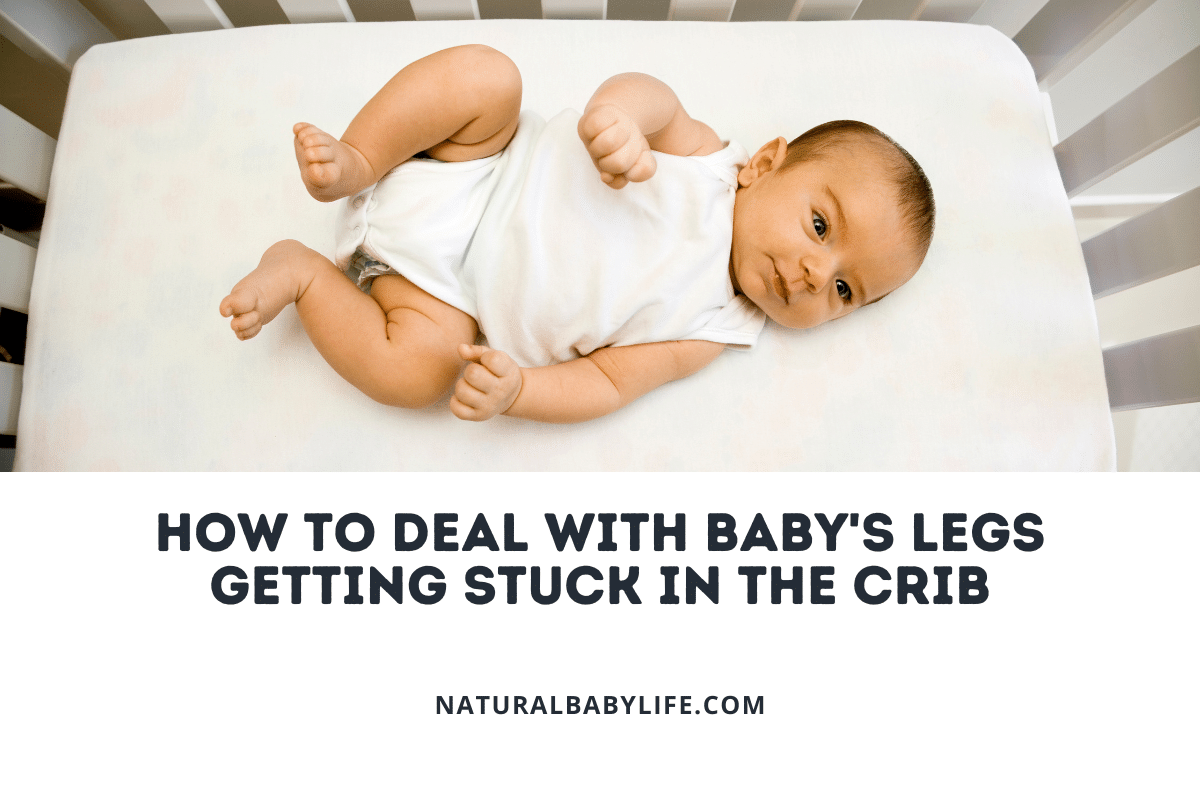Expecting a baby is an exciting time. One of the most important questions in planning for your new baby is where will they live inside your home?
The nursery should be chosen based on how many rooms are available in the home as well as which room is the safest, closest to the parents, and could be used for dual purposes to use space efficiently. For parents with only one bedroom, there are ample opportunities to create space for a baby without a dedicated nursery.
Keep reading for a detailed list of questions to ask yourself when choosing the room for your baby’s nursery.
Table of Contents
How to choose the right nursery room
Choosing the right nursery room depends on many factors. The biggest deciding factor is how large your home is. We’ll discuss the advantages of home sizes in the next part.
For most people, determining the best room for your little one will require answering five basic questions:
- What rooms are available?
- What is the best location?
- Which room is the safest?
- Which room can be used for a dual purpose?
- Can someone share a bedroom?
Availability
First, take into account what rooms are available to turn into a nursery. An empty room can easily be converted into a special nursery.
Choose a nursery room fairly close to the parent’s bedroom. If none of those are available, consider changing or switching the extra bedrooms around.
Location
The location of the nursery is preference.
Some prefer the baby’s nursery to be close to the parent’s bedroom for easy access and late-night feedings, while others prefer the nursery as far away from the parent’s bedroom as possible. This belief is so the late-night activity doesn’t disturb anyone else.
Choose a room that doesn’t get direct sunlight. If it does, rearrange the furniture so the crib isn’t in the path of the sun. This will help keep the baby comfortable. It will also keep the sun from the baby’s eyes.
Safety
Choosing the safest room in the home is important. Some things to keep in mind when choosing the safest room are location, proximity to the parents, and standard safety procedures.
Choose a room that isn’t drafty. It’s equally important that the potential nursery room doesn’t get overly hot either. Young babies don’t have the ability to control their own temperature, and they need a room with a consistent temperature.
Choose a nursery room that isn’t too far from the parent’s bedroom. Having the nursery on a different level will be harder to get to if an emergency were to take place. Proximity will be key in an emergency.
Equipping each room with a smoke detector and CO detector will alert you when things are not right.
Keep the crib away from cords and windows. Cords and curtains are a hazard for babies.
Dual purpose
If the nursery needs to serve a secondary purpose, it can be done. A nursery can be paired with an office or a guest room.
Always cater to the nursery needs first then consider downsizing the secondary purpose. Use smaller and more compact furniture so the space still serves its purpose without being crowded. A murphy bed or fold-away desk makes a dual-purpose room easily transformed.
Get creative with storage options. Find organizers to offer extra storage but don’t take up too much space.
A baby doesn’t need many things, to begin with. A crib with an area to change a diaper is all that is truly needed. A dresser can be used for the baby and guests. Leave a few drawers open for your guests to use while they stay.
Co-habitation
Sharing a bedroom is an option for any size of a home. Sharing a bedroom is economical and in most cases beneficial.
Consider adding the nursery to an already occupied room. Adding a nursery to the youngest child’s room can save the hassle of switching bedrooms altogether.
Sharing a parent’s bedroom with the baby offers quick access to the baby. A section of the parent’s room can be dedicated to the baby and the things a baby will need.
Choosing the nursery room in a large home with extra bedrooms
Living in a large home has its advantages. The extra bedrooms make it simple to dedicate extra rooms to certain things, such as a nursery.
In a large house, try to avoid placing the nursery on a separate floor from the parent’s bedroom. It will take too much time to reach the baby should an emergency occur. In some cases, you might need to switch bedrooms to accomplish this.
If the best option for the nursery is taken, consider switching rooms around to make the desired room the nursery. This is a process that might take longer but it will be worth the results.
Choosing the nursery room in a smaller home with full bedrooms
Perhaps all the bedrooms are full but you would like a nursery to be in a room by itself.
When making room for a new baby in a full house, ask yourself:
- What rooms can be condensed?
- What room can I do away with?
- Can I rearrange bedrooms?
Let’s look at the first question. Are there any rooms that can be combined?
In a full house, think about moving older children around to share a room instead of having each their own. Is there a craft room and an office? Condensing the two into one room will free up a bedroom. Likewise, an office and guest room can be combined to make a nursery room.
Expecting parents can place the nursery in the same bedroom as another child. This would provide some comfort and offer some sibling bonding time.
The second question addresses the concept of too much.
In a full house, are there things you can get rid of to free a bedroom? Could you move those things to the garage or have a yard sale? If you have a personal gym, think about how to move it to the basement if you have one.
Any of these options or a combination of all of them frees up space for a nursery.
Rearranging bedrooms isn’t an easy task but it can be accomplished with great results. If the bedroom you wish for the nursery is occupied, rearranging and switching rooms would be the ideal solution.
How to create a nursery in a one-bedroom home
You can create a nursery in a one-bedroom home. There are a few options for these smaller homes. A nursery doesn’t have to be large to be functional.
In a one-bedroom house, parents can dedicate a section of their bedroom to be a nursery. A shared space is cozy. Sharing a bedroom cuts back on extra laps through the house to reach the baby’s nursery. Sharing a bedroom also keeps the baby in close proximity.
If there is a walk-in closet in the bedroom, think about clearing it out for the nursery. Most walk-in closets can accommodate a crib. Add a hanging closet organizer next to the crib to place the baby’s things for convenience. The old closet becomes a new and instant nursery.
The nursery is no doubt an important part of welcoming a baby. The nursery should be located in an area that can be easily accessible for the parents, safe, and where extra space can be made for the baby and things he/she will need. No matter the size of a home, any home can accommodate space for a nursery.










